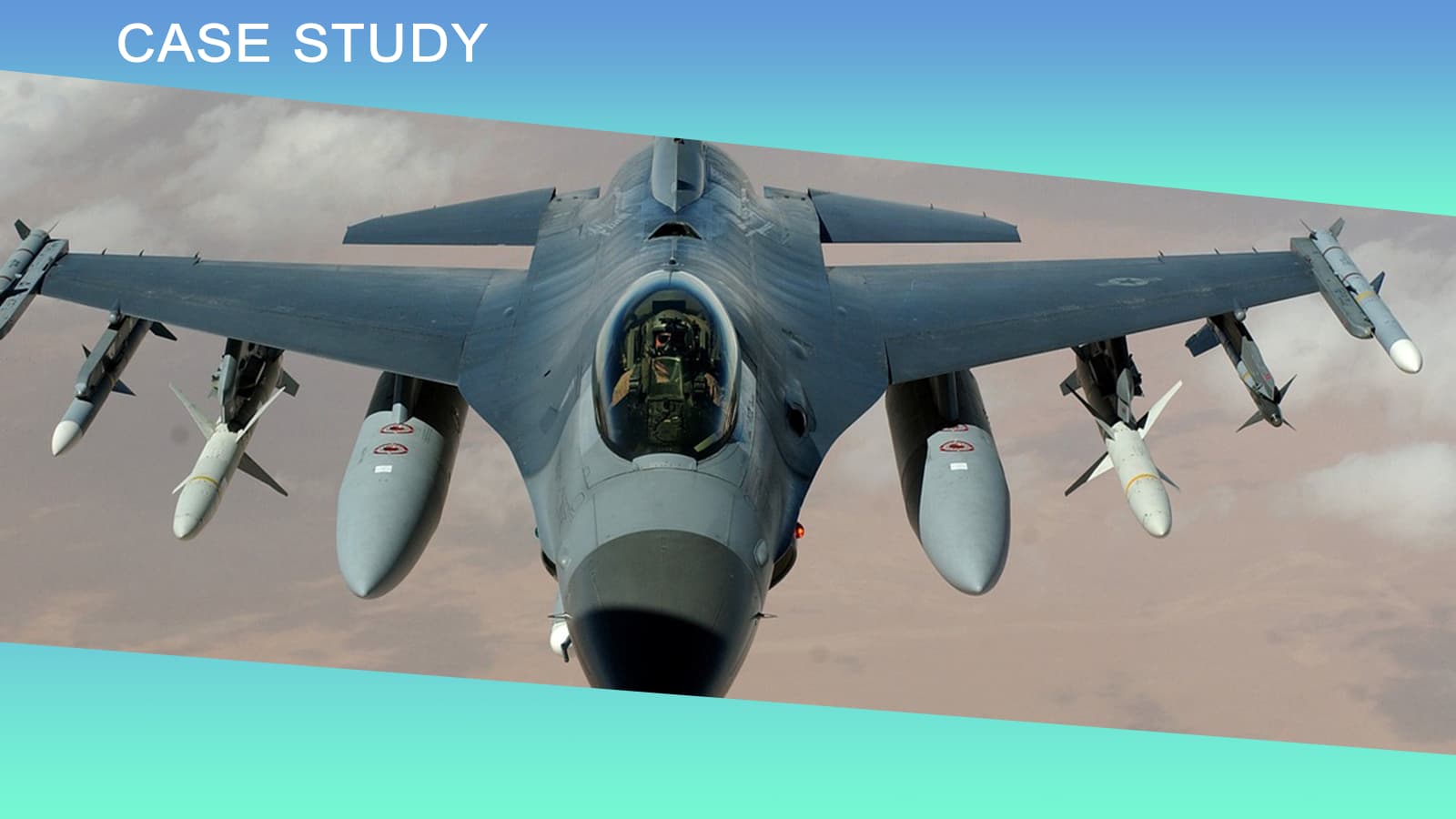Analysis of Temperature Drift Issues and Compensation Methods for Fiber Optic Gyroscopes
May 19, 2025
Explore the impact of temperature drift on Fiber Optic Gyroscopes (FOGs), effective compensation methods, and experimental results. Learn how third-order polynomial models improve accuracy by 75%.
Fiber Optic Gyroscopes (FOGs), as a new type of high-precision angular rate measurement instrument, have been widely used in military, commercial, and civilian applications due to their compact size, high reliability, and long lifespan, demonstrating broad development prospects. However, when operating temperatures fluctuate, their output signals exhibit drift, significantly affecting measurement accuracy and limiting their application scope. Therefore, studying the drift patterns of FOGs and implementing error compensation has become a critical challenge to enhance their adaptability in varying temperature environments.
Mechanisms of Temperature Effects on Fiber Optic Gyroscopes
FOGs are optical gyroscopes based on the Sagnac effect, composed of a light source, photodetector, beam splitter, and fiber coil. Temperature impacts gyroscope accuracy by interfering with the performance of internal components:
Fiber Coil: As the core component, the fiber coil generates the Sagnac effect when rotating relative to inertial space. Temperature disturbances disrupt the structural reciprocity of the FOG, leading to phase difference errors.
Photodetector: Environmental temperature variations introduce significant noise in the detector and produce a temperature-dependent dark current. The load resistance of the detector is also affected by temperature.
Light Source: The temperature performance of the light source is closely related to the precision of the Sagnac phase shift. Variations in output power, mean wavelength, and spectral width under different temperatures further influence the gyroscope's output signal.
Existing Methods for Temperature Drift Compensation
Currently, there are three primary methods to mitigate temperature drift:
Hardware Temperature Control Devices: Adding localized temperature control systems to FOGs can compensate for temperature errors in real time. However, this increases volume and weight, conflicting with the trend toward miniaturization.
Mechanical Structure Modifications: Techniques like the quadrupole winding method ensure symmetric temperature effects on the fiber coil, reducing non-reciprocal interference. However, residual drift still affects angular rate detection.
Software Modeling Compensation: Establishing temperature models for compensation saves space and reduces costs, making it the mainstream method in engineering practice.
Temperature Experiments and Modeling Analysis
Experimental Design
Tests were conducted in three temperature ranges:
0°C to 20°C-40°C to -20°C40°C to 60°C
The initial temperature of the thermal chamber was set, maintained for 4 hours, and then adjusted at a rate of 5°C/h. Gyroscope output data was recorded. The test system is shown in Figure 1, with a sampling interval of 1 second and data smoothed over 100 seconds.
Key Findings
Analysis of the output curves revealed:
The gyroscope output exhibited significant oscillations with temperature changes.
The output curve followed the same upward or downward trends as the temperature rate curve.
Temperature drift was closely related to internal temperature and its rate of change.
Compensation Model
A third-order polynomial compensation model was developed, incorporating the following factors:
Temperature Factor Model:
Lout=L0+∑i=13ai(T−T0)i+∑j=13bjTjLout=L0+i=1∑3ai(T−T0)i+j=1∑3bjTj
After compensation, the bias stability reached 0.0200°/h.
Temperature Rate Model:Introducing the temperature rate term improved bias stability to 0.0163°/h.
Comprehensive Model:By considering both temperature and its rate of change, bias stability significantly improved to 0.0055°/h, achieving a 77% reduction in error.
Segmented Compensation Results
Different parameters were applied for compensation across temperature ranges, with results as follows:
Gyro Axis
Temperature Range
Pre-Compensation Error (°/h)
Post-Compensation Error (°/h)
Error Reduction Percentage
X-Axis
0°C to 20°C
0.02504
0.00518
79%
-40°C to -20°C
0.02404
0.00550
77%
40°C to 60°C
0.02329
0.00603
74%
Y-Axis
0°C to 20°C
0.02307
0.00591
74%
-40°C to -20°C
0.02535
0.00602
76%
40°C to 60°C
0.02947
0.00562
80%
Z-Axis
0°C to 20°C
0.01877
0.00495
74%
-40°C to -20°C
0.02025
0.00649
73%
40°C to 60°C
0.01413
0.00600
58%
After compensation, the oscillation amplitude of the output curves was significantly suppressed, becoming more stable. The average error reduction across the three temperature ranges was approximately 75%.
Conclusion and Outlook
The proposed third-order bias temperature compensation model, which accounts for current temperature, initial temperature deviation, and temperature rate, has been experimentally proven to effectively improve gyroscope output signals and significantly enhance accuracy. This method can be applied to Micro-Magic's FOG models such as U-F3X80, U-F3X90, U-F3X100, U-F100A, and U-F300.
However, current research still has limitations, such as discontinuous temperature history and insufficient sample coverage. Future work should focus on developing compensation methods for temperature drift across the full temperature range. For engineering applications, software modeling compensation demonstrates great potential as a cost-effective solution to balance precision and practicality.
U-F3X90
Whatever you needs, Micro-Magic is at your side.
U-F3X100
Whatever you needs, Micro-Magic is at your side.
U-F100A
Whatever you needs, Micro-Magic is at your side.
--



 ПОДДЕРЖИВАЕМАЯ СЕТЬ
ПОДДЕРЖИВАЕМАЯ СЕТЬ
